We Were Dancing
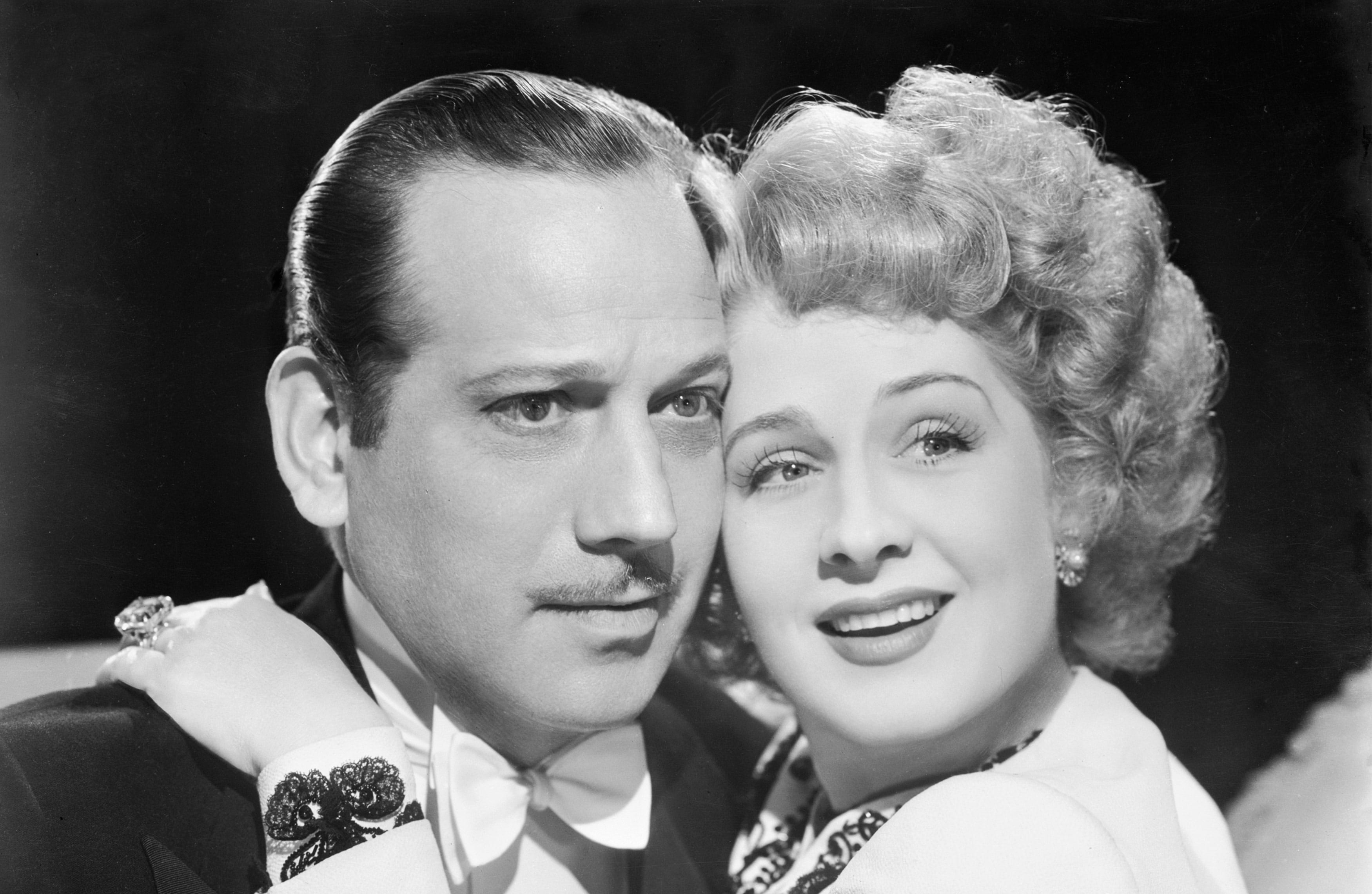
Brief Synopsis
Cast & Crew
Robert Z. Leonard
Norma Shearer
Melvyn Douglas
Gail Patrick
Lee Bowman
Marjorie Main
Film Details
Technical Specs

Synopsis
At a Charleston, South Carolina party celebrating her forthcoming marriage to wealthy lawyer Hubert Tyler, Polish princess Victoria Wilomirska dances with impoverished Viennese aristocrat Baron Nicholas Prax and the two fall in love. Vicki's friends cannot dissuade her from marrying the charming Nicki, who survives by playing bridge and living off the rich. The pair elope to New York, where Nicki's friend, Basil, a phony grand duke, who, like Nicki, is a "professional guest," warns them that a married couple cannot flourish in the profession. Vicki suggests that they keep their marriage secret and take advantage of her invitations as well as his. When she runs into Hubert at Grand Central Station, she lies about her marriage to Nicki, then goes on to the home of the wealthy Bentleys. During the weekend, interior decorator Linda Wayne, Nicki's suspicious former lover, arrives, incurring Vicki's jealousy. Hubert also arrives, and the next morning, when most of the guests are leaving for a shooting party, Linda insists that they awaken Nicki. They are shocked to discover Nicki and Vicki asleep in his room, and, rather than cause a scandal, the pair reveal their marriage and decide to be the perfect "couple" of houseguests. Unfortunately, many of Nicki's former hostesses are uninterested in a married man, and they are forced to make new wealthy friends. For the next year, Nicki and Vicki travel to a variety of unsophisticated towns in middle America. While staying with the Ransomes in St. Louis, Hubert, Mr. Ransome's lawyer, arrives. The men play bridge that evening, and Nicki, who has had too much to drink, loses $1,200 to Hubert and covers the loss with a bad check. Vicki goes to Hubert and says that without Nicki's knowledge, she used all the money in their checking account to buy a sable coat. Hubert knows that she is covering for Nicki and tears up the check, then offers her money, but she refuses. When Nicki finds out, he feels so badly that he determines to return to New York and find a real job. Ninety miles from New York, they stop at an inn and run into Basil, who invites them to join him at the hunting lodge of the wealthy Bryce-Carews. When Nicki decides to accept "just for a few days," Vicki is concerned, both because she doubts his sincerity in wanting to find real work and because Linda is also a guest. Some time later, Vicki phones Hubert and asks him to help her get a divorce. At the proceedings, Hubert is distressed that the male judge has been replaced by a female, Judge Sidney Hawkes, who is charmed by Nicki. On the witness stand, Vicki discusses Nicki's effect on wealthy women and, although Nicki reminds her of her love for him, she refuses to stop the divorce. Hubert then calls Linda to the stand, and it is revealed that she loves Nicki and Vicki found them in a compromising position during a parlor game called "Sardines." Nicki's sincere profession of love for Vicki moves the judge to tears, but she still grants the divorce. After spending six months in South America, Nicki returns to New York and goes to see Linda, on her invitation. He is cool to her, but she offers him a job. When she reveals that a competitor, Mrs. Vanderlip, is remodeling Hubert's Long Island mansion because he is marrying Vicki, Nicki asks her to get him a job with the decorator. At the mansion, Nicki, who is using the name Manesque, shows up to display fabric samples. After a private talk with Hubert, Nicki is retained, and tells a shocked Vicki that he needs the job because he plans to marry again. At the end of the decorating assignment, Nicki reveals to Vicki that he has accepted a job from a Hollywood friend of Tyler-Blane and will be going West shortly. He pretends that he is happy about her impending marriage and has no hard feelings, but when she starts to cry, he admits that he still loves her and has been trying to get her back. Vicki says that it is too late, then leaves for Charleston with Hubert. Desperate, Nicki follows them. The night before the wedding, Nicki finds Vicki on the terrace and offers her his best wishes, then convinces her to dance one more waltz. They kiss, and a short time later, Hubert tells his aunt that the pair has gone, with his blessings. Finally, Nicki and Vicki happily settle in Hollywood in a small cottage.

Director

Robert Z. Leonard
Cast

Norma Shearer

Melvyn Douglas

Gail Patrick
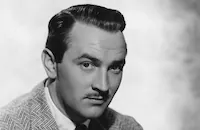
Lee Bowman

Marjorie Main
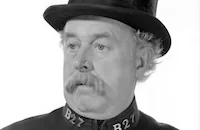
Reginald Owen
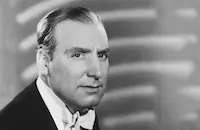
Alan Mowbray

Florence Bates
Heather Thatcher

Connie Gilchrist

Nella Walker
Florence Shirley
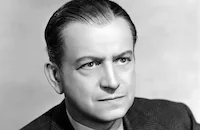
Russell Hicks
Norma Varden
Paul Porcasi
John Piffle
Lionel Pape
George H. Reed
Ottola Nesmith
Mary Forbes
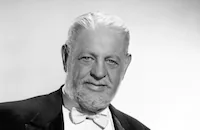
Thurston Hall
Douglas Wood

Alan Napier
Martin Turner
John "buddy" Williams

Pierre Watkin

Bryant Washburn Sr.
Helene Millard
Florence Wix
Alfred Hall
Alex Callam
Fred Santley
Harry Hayden
Dick Elliott
Jessamine Newcombe
Betty Hayward
June Millarde

Dorothy Morris
John Roche
Duncan Renaldo
Anthony Marsh
Willy Castello
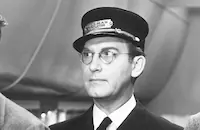
Emmett Vogan
Polly Bailey
Harold Minjir
Barlowe Borland
Dick Alexander
Alex Pollard
Jacques Vanaire
Gino Corrado
Esther Michelson
Meeka Aldrich
Henry Roquemore
Charles Sullivan
Bill Fisher
John Holland
Herbert Rawlinson
Jean Fenwick
Crew
George Boemler
Hugh Boswell
Daniel B. Cathcart
Lenore Coffee
Orville O. Dull
George Froeschel
Cedric Gibbons
Sydney Guilaroff
Bronislau Kaper
Robert Z. Leonard
Robert Planck
Hans Rameau
Harold Rosson
Milton Schwartz
Douglas Shearer
Claudine West
Edwin B. Willis

Film Details
Technical Specs

Articles
We Were Dancing
Throughout the 1930s, Shearer had been queen of the MGM lot. She had her pick of roles, not only because she was talented, popular, and ambitious, but also because she was married to Irving Thalberg, the studio's head of production. Thalberg shepherded his wife's career, choosing her vehicles and giving them first-class production values. When Thalberg died in 1936, he and Shearer had been preparing a grandiose production of Marie Antoinette (1938). Shearer went into seclusion, and decided to abandon her career. There were also financial issues over Thalberg's estate with MGM head Louis B. Mayer. By the time those problems were settled, and Shearer was coaxed back to the screen, nearly two years had passed. Although Marie Antoinette was well received, Shearer had lost her anchor, and was insecure and indecisive about future projects. Her career momentum slowed, and she made some bad decisions, turning down the role of Scarlett O'Hara in Gone with the Wind (1939), and the leads in Now, Voyager (1942) eventually played by Bette Davis, and in Mrs. Miniver (1942), which won Greer Garson an Oscar®.
Shearer had a fondness for the works of Noel Coward -- one of her best performances had been in Coward's Private Lives (1931). Casting about for a new project in 1941, she decided that We Were Dancing might be just the thing to revive her career. The suave Melvyn Douglas, in his only film with Shearer, was a good partner for her, and her match at witty dialogue. Claudine West, one of the writers of Private Lives, also co-wrote We Were Dancing. Shearer sported a new look, her hair lighter in color, cut in a short curly style. As always, she was impeccably gowned in eye-popping Adrian creations. But at 40, Shearer looked too old to play such a youthful, frivolous character. And the world had changed since her last Noel Coward production. With global war raging, the arch drawing room comedy seemed dated and irrelevant, no matter how sparkling the players. While there was praise for the stars - "Miss Shearer acts with dazzling aplomb and wears clothes that will knock your eye out, and Mr. Douglas turns in another of his devilishly debonair jobs," according to Bosley Crowther of the New York Times - critics and audiences apparently agreed with Variety that "such uppercrust antics...seem entirely out of place in times like these."
Endings were in the air at MGM. Greta Garbo had retired after her attempt at screwball comedy, Two-Faced Woman (1941), also co-starring Melvyn Douglas, flopped spectacularly. Adrian was not far behind. After creating Shearer's costumes for We Were Dancing without credit, he left the studio where he'd worked since 1928 to open his own couture salon in Beverly Hills. "When the glamour goes for Garbo, it goes for me as well," he said, as he took his leave. Melvyn Douglas, too, was soon gone, off to war and off the screen for several years. Shearer would make one more film, Her Cardboard Lover (1942), another dated drawing room comedy, and also unsuccessful. Soon after, she met Martin Arrouge, a handsome ski instructor 12 years her junior, and married him in August of 1942. Over the years, there was talk of Shearer's return to the screen, but it never happened. She lived in retirement, increasingly reclusive, until her death in 1983.
Director: Robert Z. Leonard
Producer: Robert Z. Leonard, Orville O. Dull
Screenplay: Claudine West, Hans Rameau, George Froeschel, based on the play Tonight at 8:30 by Noel Coward
Cinematography: Robert Planck
Editor: George Boemler
Costume Design: Adrian (uncredited), Robert Kalloch
Art Direction: Cedric Gibbons
Music: Bronislau Kaper
Principal Cast: Norma Shearer (Vicki Wilomirsky), Melvyn Douglas (Nicki Prax), Gail Patrick (Linda Wayne), Lee Bowman (Hubert Tyler), Marjorie Main (Judge Sidney Hawkes), Reginald Owen (Major Tyler Blane), Alan Mowbray (Grand Duke Basil).
BW-95m.
by Margarita Landazuri

We Were Dancing
Quotes
Trivia
Notes
Noël Coward's Tonight at 8:30 consists of nine one-act plays. In the original London production, the plays were performed in increments of three on successive nights. According to a Hollywood Reporter news item on April 18, 1941, M-G-M had purchased the rights to all nine plays and We Were Dancing incorporated elements from several. Actors Sig Ruman and Dennis Hoey, listed in the CBCS respectively as "Baron Prax" and "Prince Wilomirsky," were not in the released film, although their characters, the fathers of "Nicki" and "Vicki," are referred to in the film. Several additional actors included in the CBCS but not seen in the released film were Philip Ahn, Ian Wolfe and Tim Ryan. An unidentified, but contemporary news item contained in the AMPAS Library file on the film noted that "Ian Hunter will be the guy who gets jilted...twice," but that role was played by Lee Bowman. A Hollywood Reporter news item on November 14, 1941 indicated that Lennie Hayton was doing "prerecordings," for the film, but the extent of his contribution to the completed film has not been determined. According to modern sources, actress Ava Gardner made her motion picture debut in the film, appearing in a crowd scene, but she was not identifiable in the print viewed.















